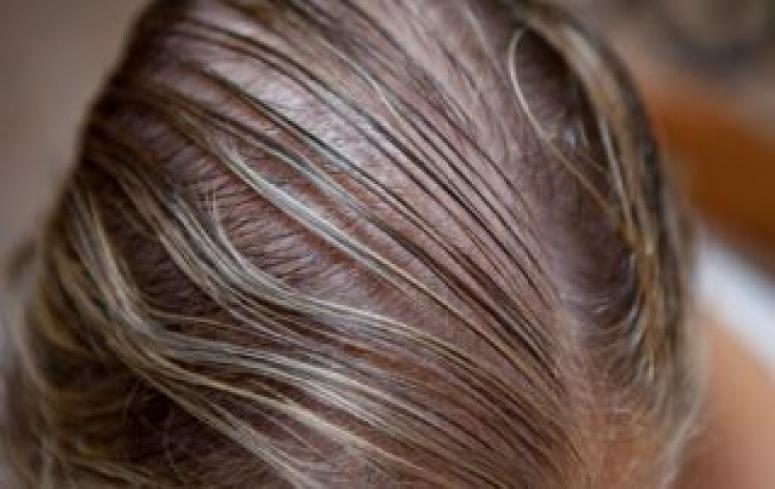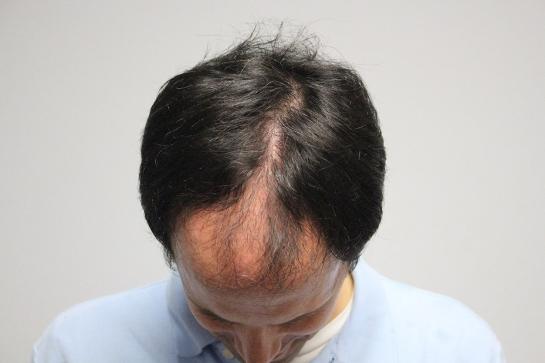FAQs
We get this question all of the time and frankly there is really is no easy answer. There is no one size fits all for the average individual. There is however, a few solutions that can provide some fantastic results for a majority of people who are experiencing hair loss. (Fantastic is defined here as cessation of further hair thinning and perhaps some regrowth, ranging from a little to moderate. All depending on your specific circumstances.) There are some individuals who respond unusually well– and then there are those who don’t respond at all. The fact is, most hair loss sufferers fall somewhere in the middle.
Since there are many causes and reasons in pattern loss for both women and men, it is best to approach the problem from several angles to maximize results, as some treatments address different underlying causes. A common fundamental approach is to use an “antiandrogen” of some kind, such as Propecia (men only) or Revivogen (men and women), and a growth stimulant such as Rogaine Foam or Tricomin.
If medications and other drugs aren’t the solution for you, then you have the option of a hair transplant, wigs, hair piece or toupee, now known as an integrated hair system. These solutions have come a long way in the past number of years and now are virtually undetectable to the average person.
According to the staff over at the Mayo Clinic:
"Most people normally shed 50 to 100 hairs a day. But with about 100,000 hairs in the scalp, this amount of hair loss shouldn’t cause noticeable thinning of the scalp hair. As people age, hair tends to gradually thin. Other causes of hair loss include hormonal factors, medical conditions and medications."
Hormonal Factors
The most common cause of hair loss is a hereditary condition called male-pattern baldness or female-pattern baldness. In genetically susceptible people, certain sex hormones trigger a particular pattern of permanent hair loss. Most common in men, this type of hair thinning can begin as early as puberty.
Hormonal changes and imbalances can also cause temporary hair loss. This could be due to pregnancy, childbirth, discontinuation of birth control pills or the onset of menopause.
Medical Conditions
A variety of medical conditions can cause hair loss, including:
Thyroid problems.
The thyroid gland helps regulate hormone levels in your body. If the gland isn’t working properly, hair loss may result.
Alopecia areata.
This disease occurs when the body’s immune system attacks hair follicles — causing smooth, roundish patches of hair loss.
Scalp infections.
Infections, such as ringworm, can invade the hair and skin of your scalp, leading to hair loss. Once infections are treated, hair generally grows back.
Other skin disorders.
Diseases that can cause scarring, such as lichen planus and some types of lupus, can result in permanent hair loss where the scars occur. Medications
Hair loss can be caused by drugs used to treat:
- Cancer
- Arthritis
- Depression
- Heart problems
- High blood pressure
Other Causes of Hair Loss
Hair loss can also result from:
A physical or emotional shock.
Many people experience a general thinning of hair several months after a physical or emotional shock. Examples include sudden or excessive weight loss, a high fever, or a death in the family.
Hair-pulling disorder.
This mental illness causes people to have an irresistible urge to pull out their hair, whether it’s from the scalp, their eyebrows or other areas of the body. Hair pulling from the scalp often leaves patchy bald spots on the head.
Certain hairstyles.
Traction hair loss can occur if the hair is pulled too tightly into hairstyles such as pigtails or cornrows.










